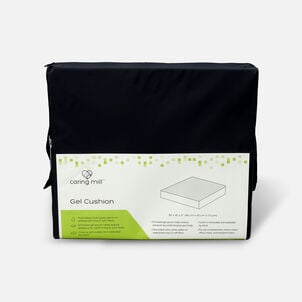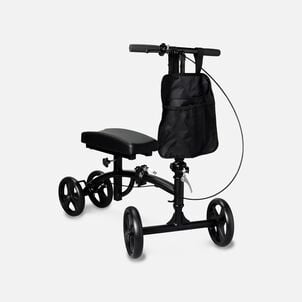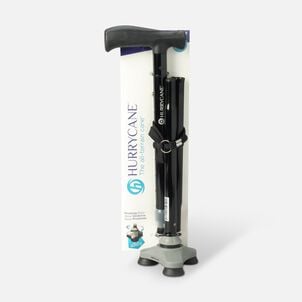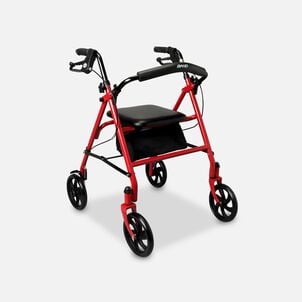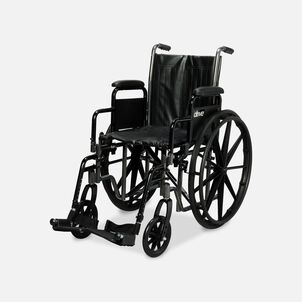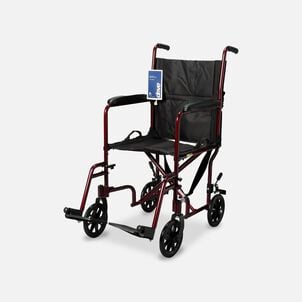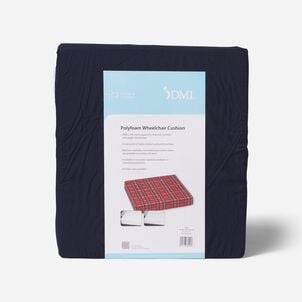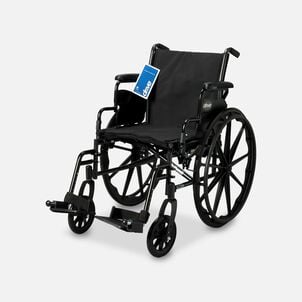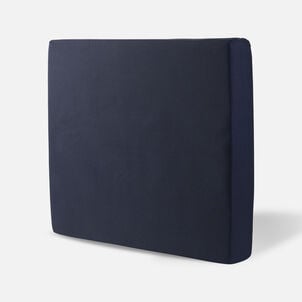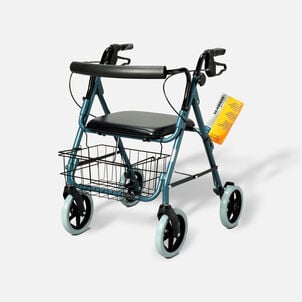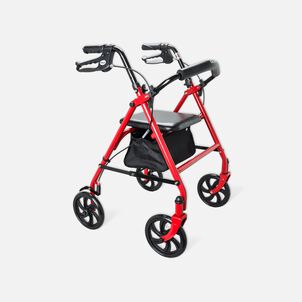The Complete HSA Eligibility List
Here it is — the most-comprehensive eligibility list available on the web. From A to Z, items and services deemed eligible for tax-free spending with your Flexible Spending Account (FSA), Health Savings Account (HSA), Health Reimbursement Arrangement (HRA) and more will be here, complete with details and requirements. Important Reminder: HSAs, FSAs, HRAs and other account types listed may not all be the same. Be sure to check with your administrator to confirm if something is eligible before making a purchase.
Here it is — the most-comprehensive eligibility list available on the web. From A to Z, items and services deemed eligible for tax-free spending with your Flexible Spending Account (FSA), Health Savings Account (HSA), Health Reimbursement Arrangement (HRA) and more will be here, complete with details and requirements. Important Reminder: FSAs, HRAs and other account types listed may not all be the same. Be sure to check with your administrator to confirm if something is eligible before making a purchase.
Walking Aids: HSA Eligibility
Walking Aids: eligible with a Health Savings Account (HSA)HSA Eligible Walking Aids
What is a walking aid?
Walking aids assist with walking or otherwise improve the mobility of people with a mobility impairment. There are various walking aids which help people with varying impairments in their ability to walk.
What are the options for more severe disabilities?
A basic manual wheelchair is for people for whom walking is difficult or often impossible and incorporates a seat, foot rests and four wheels. A wheelchair often comes with handles behind the seat to allow it to be pushed by another person.
A mobility scooter is similar to a wheelchair but useful for people without the stamina or arm/shoulder flexibility necessary to use a manual wheelchair. However, its steering mechanism still requires upright posture and some upper-body mobility and strength, and are rarely designed for ease of patient transfer from seat to bed. Mobility scooters are more typically affordable than powered wheelchairs.
What are the options for less severe disabilities?
A walker helps disabled or elderly people who need additional support to maintain balance or stability while walking. It is also a good tool for those who are recuperating from leg or back injuries. The person walks with the frame in front, picking it up and placing it a short distance ahead of the user.
A crutch is a walking aid for people who cannot use their legs to support their weight. It transfers weight from the legs to the upper body and is common for short-term injuries.
An assistive cane is a walking stick used as a crutch or mobility aid. Canes can help redistribute weight from a lower leg that is weak or painful and improve stability. In contrast to crutches, canes are generally lighter, but unable to offload equal loads from the legs.
A hoople is a hoop-shaped mobility aid used by some blind and visually impaired people. It is designed to help people navigate their way over rough terrain or in a rural environment, like snow or on sand. The Hoople is moved along the ground and designed to detect obstructions through both tactile and audio feedback (Verywell Health).



